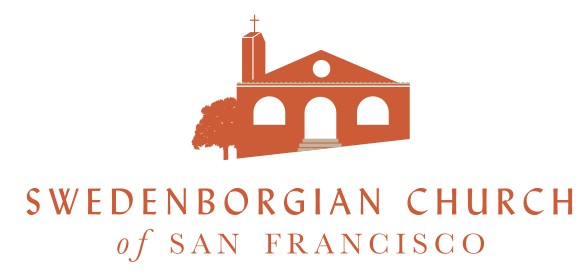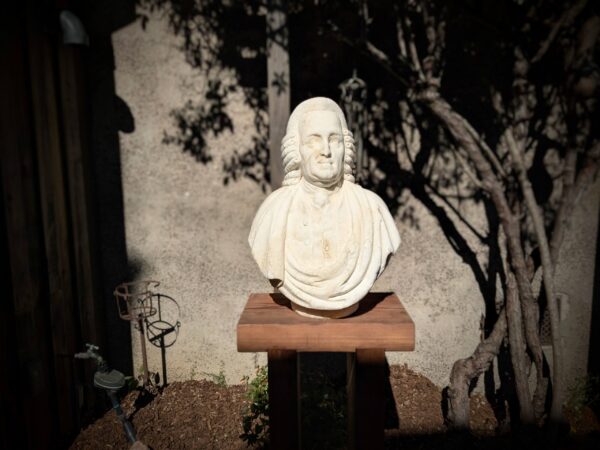Dear members and friends,
I hope you are all well, and had good recent fourth of July holidays with loved ones. It’s hard to believe that I am well over half way through my service as interim pastor while Reverend Lee is away on sabbatical. I have really enjoyed getting to know the congregation better during my time, and being in many one-on-one conversations with you. As always, I am available for pastoral counseling and prayer outside of the (sometimes rushed) space of the coffee hour after the Sunday service.
But this rush of time makes me think of how our inner perception of time is fluid and subjective. Similar to Albert Einstein’s theory of relativity, which first suggested that time is not something stable and fixed, but can be sped up, slowed down, or even spookily simultaneous, Emanuel Swedenborg wrote how in the spiritual world (which flows into and shapes our natural world), there is no linear chronological time, but only changes of affective state. Angels and good spirits who wish to visit with their loved ones simply hold them in their minds and hearts, and almost like teleportation–whoosh!–they arrive.
I’ve been thinking about this kind of time during this week as I watched Robert Carr and Peter Gottschalk install a marble bust of Swedenborg in the back garden of the Parish House. Many thanks to Robert and Peter for their labor and volunteering — and engineering skills — which were needed in the mounting of this very heavy object. The sculpture was part of the collection of Urbana University in Ohio, and when that institution closed, it migrated out west and found a (new) home in the garden of our church. This durable stone made into a likeness of Swedenborg will last for hundreds, maybe thousands of years; longer than the span of my life and perhaps even the church building or the city of San Francisco itself. What might a future observer looking at Swedenborg’s face think of us in our time, this fateful year of 2025, a moment of great duress and historical change?
These days I am sometimes reminded of the turmoil and uncertainty that followed after September the 11th, 2001. I was living in New York City that fall and Suzanne and I watched the towers collapse from our rooftop in Queens, wondering if friends who worked there might be trapped inside. In the divisive months and years that followed, and during the wars and invasions that led to the loss of more innocent life, I took courage from the words of beloved children’s TV icon Fred Rogers, who came out of retirement to deliver a special message: “When I was a boy and I would see scary things in the news,” he told his viewers, “my mother would say to me, ‘Look for the helpers. You will always find people who are helping.’” Mr. Rogers—who was an ordained minister with the Presbyterian church—concluded his heartfelt message with an explicitly theological turn, saying, “No matter what our particular job, especially in our world today, we all are called to be tikkun olam, repairers of creation. Thank you for whatever you do, wherever you are, to bring joy and life and hope and faith and pardon and love to your neighbor and to yourself.”
With a sense time’s fluidity, I hope and pray that those future visitors to our Swedenborg bust from the past which presently sits in our garden will be able to touch its hard, marbled surface and find us as helpers; as people of good courage who did the work of tikkun olam, working to repair creation.
See some of you on Sunday,
Rev. Dr. Devin Zuber

